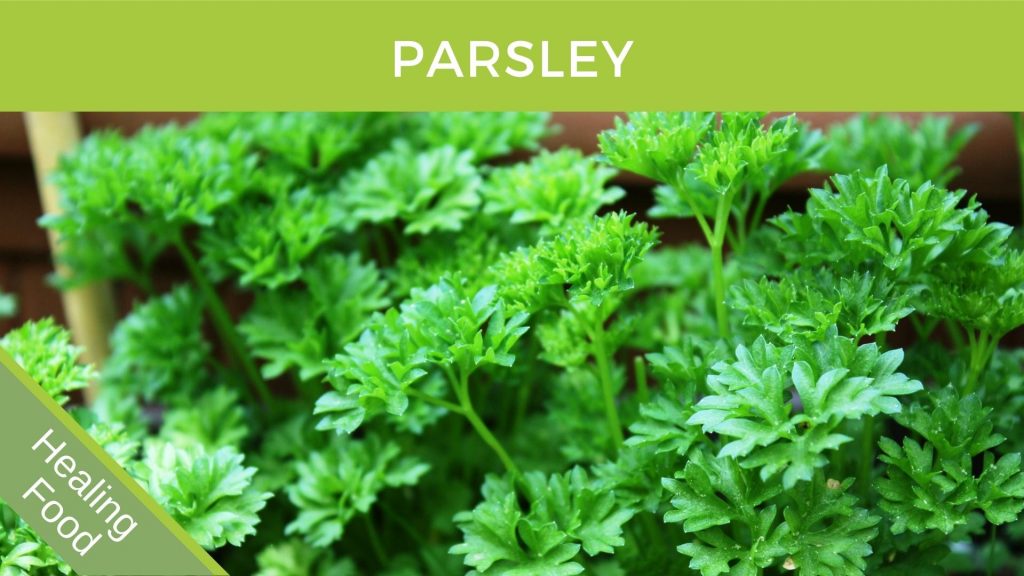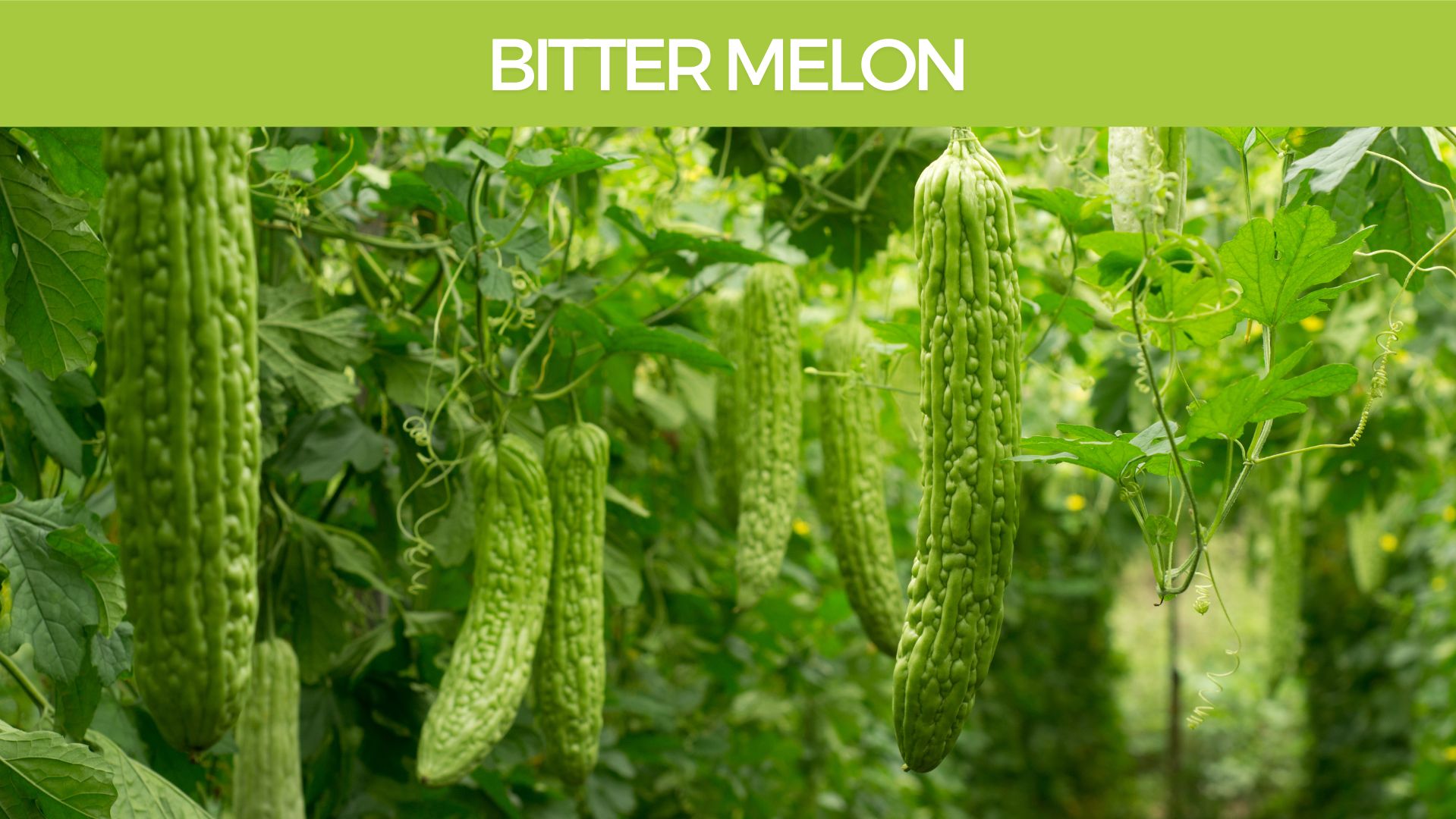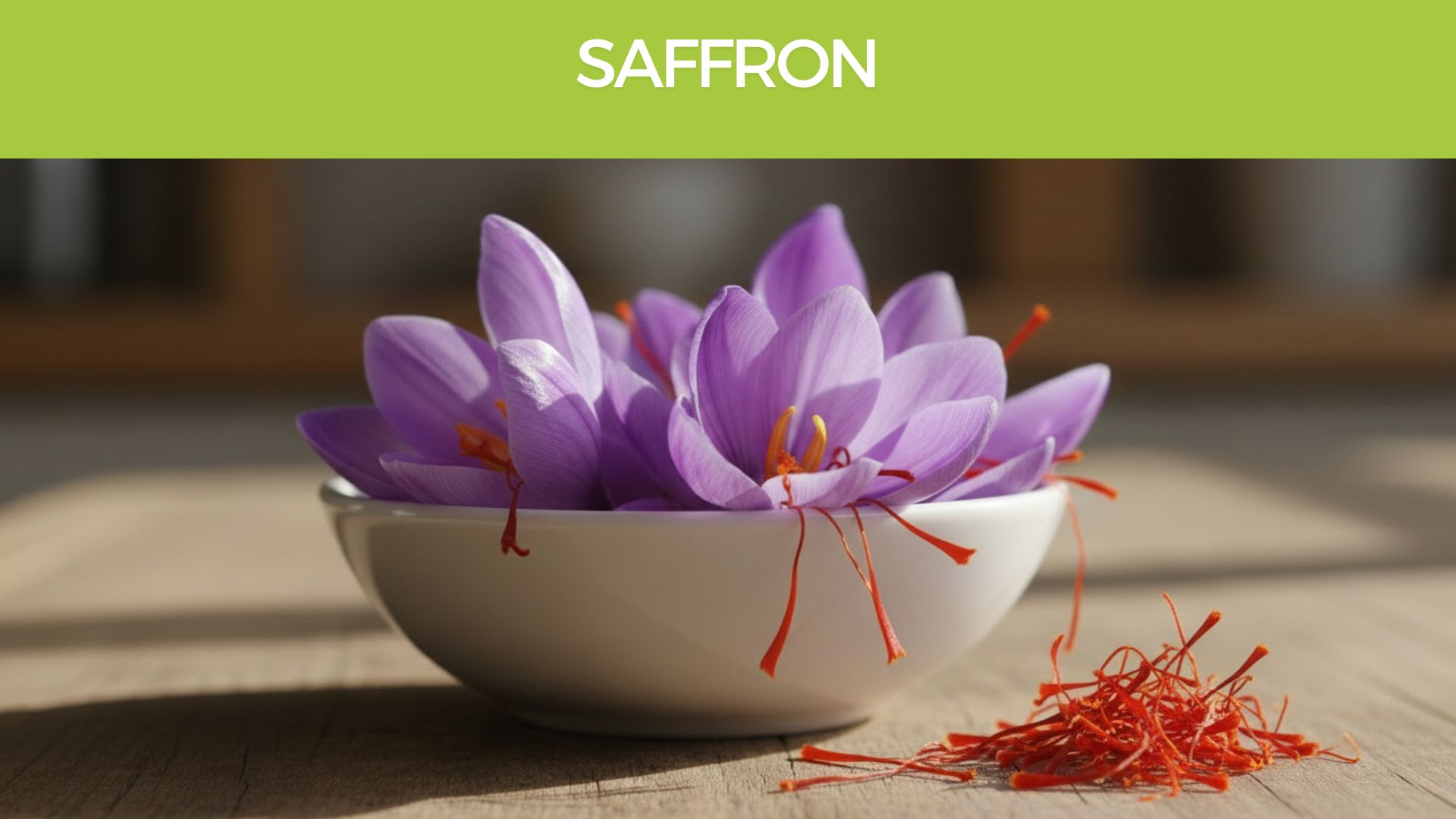- 2 years ago
- 2Minutes
- 570Words
- 749Views
Parsley is usually thought of as a garnish and not generally eaten as a food, but like most culinary herbs and spices it is actually super rich in nutrients and health benefits.
(1) Effect of parsley (Petroselinum crispum, Apiaceae) juice against cadmium neurotoxicity in albino mice (Mus Musculus) PUBMED https://www.ncbi.nlm.nih.gov/pmc/articles/PMC4743362/
(2) Parsley! Mechanism as antiurolithiasis remedy. PUBMED https://www.ncbi.nlm.nih.gov/pmc/articles/PMC5698599/
Parsley is the richest source of iron from any leafy green that you’d get from the supermarket. One cup of parsley will also provide up to 10% RDA of copper, 7% RDA of magnesium, 7% RDA of potassium, 6% RDA of zinc, and 5% RDA of phosphorus.
Cadmium (Cd) is among the most hazardous heavy metals that are NOT chemically degraded in the environment and can enter into the food chain. Cadmium can exert diverse and severe toxicity in multiple body systems as it can bind to tissues, trigger oxidative stress, affect endocrine function. (1)

In one study on mice, parsley juice significantly improved the Cadmium associated behavioral changes, reduced oxidation damage to the brain and normalized enzyme functions and neurotransmitter levels, not to mention improved behaviors associated with cadmium toxicity. (1)
Another traditional use for parsley in herbal medicine is in the reduction of kidney stones. One study with mice found a significant increase in urine volume and pH in parsley-treated rats compared to the negative control. It was concluded that parsley acts as antiurolithiatic (anti kidney stones) drug through decreasing urinary calcium excretion, increasing urinary pH, dieresis, decreasing urinary protein excretion, and its nephroprotective (kidney protecting) activity. We recommended using it in pharmaceutical forms as it is safe and effective as antiurolithiasis (kidney stones) remedy. (2)
One great way to get parsley into your diet is to consume it in a smoothie.





